The US’s overhang of debt and looming trade war is worrisome on many levels as the value of the dollar keeps decreasing and the national debt spiraling. So, what should we make of the fact that the Central Bank of Russia has been steadily amassing vast gold reserves since 2015? By the end of 2017, its total gold reserves rose to 1,828.56 tons, usurping China’s place as the country with the fifth largest gold reserves.

Russia has been aggressively increasing its gold reserves for a reason. It has seen the US dollar dominate as a global currency and is working with China to end the US/Western currency supremacy. Their strategy appears to be working. Russia and China are in the midst of rumors of introducing gold-backed futures to circumvent the U.S dollar.
The US dollar has had no gold-backing since 1933, nor has the US increased its gold reserves for a decade. See chart below.

With speculation of Russia and China working on a gold-backed currency, a shift in monetary power from the West to the East seems to be their ambitions. The situation between East and West is exacerbated by recent tensions between Russia and the UK, since the alleged Kremlin poisoning of former spy Sergei Skripal and his daughter. British Prime Minister Theresa May has ousted 23 Russian diplomats from Great Britain. Geopolitical tension is once again, high.
It seems Russian may have tossed aside Das Kapital as its economic guidebook. Not only is creating a gold-backed currency appearing more likely month over month, but Russia has also brought inflation way downover the past decade. More importantly, Russia continues to lower their national debt, while the US has been increasing its debt to a record $21 trillion.
…click on the above link to read the rest of the article…



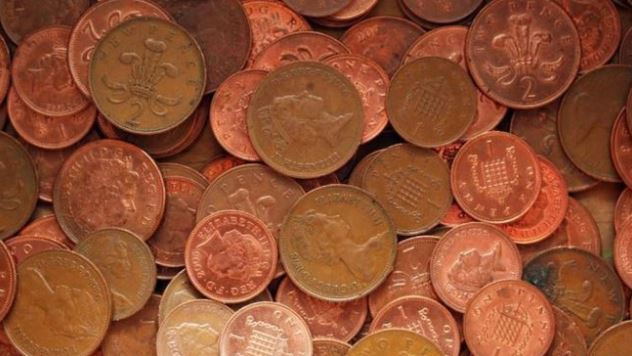
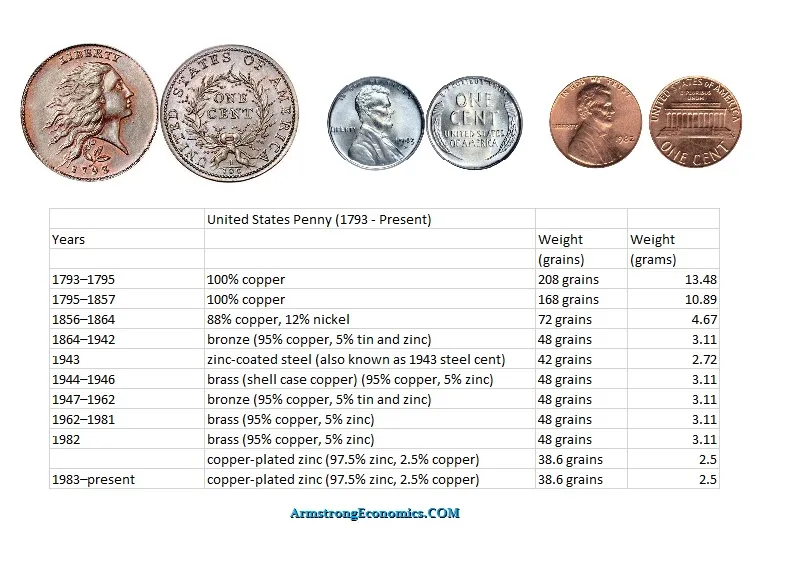
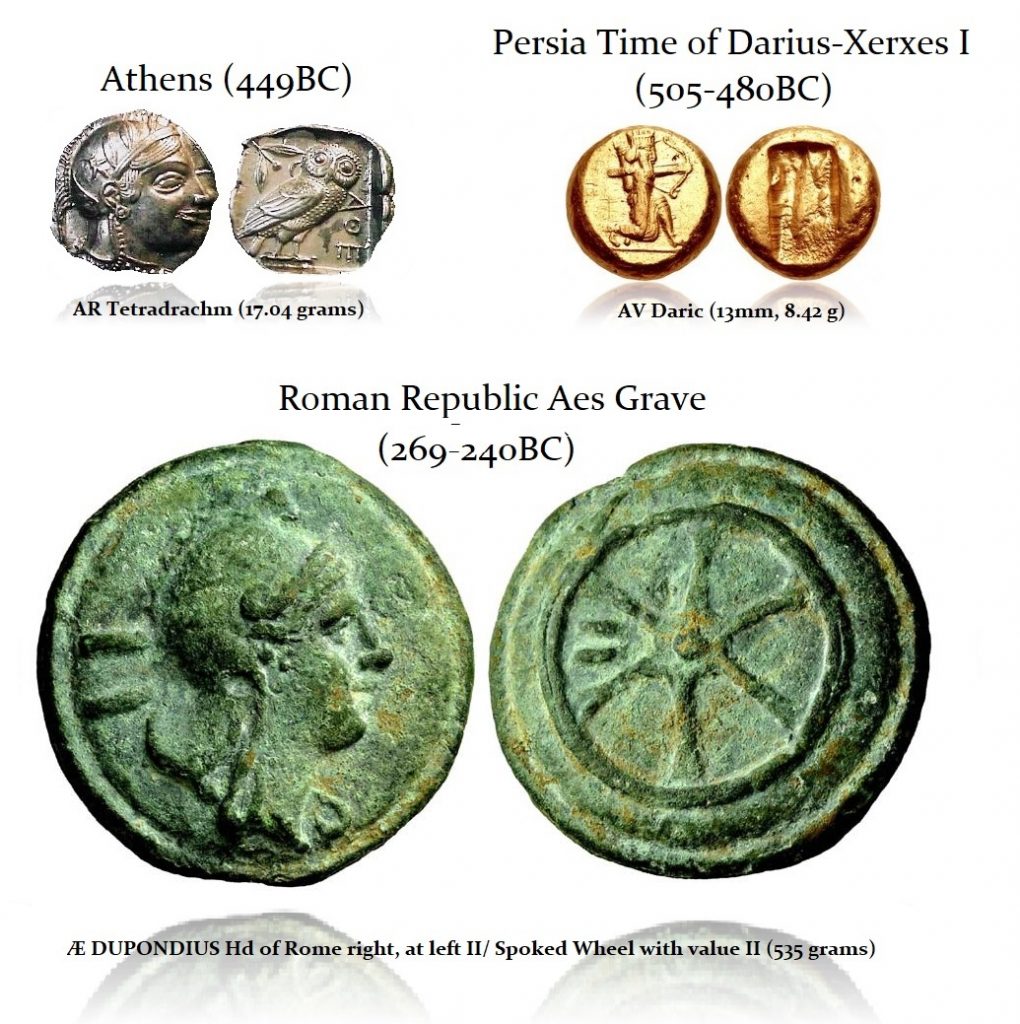

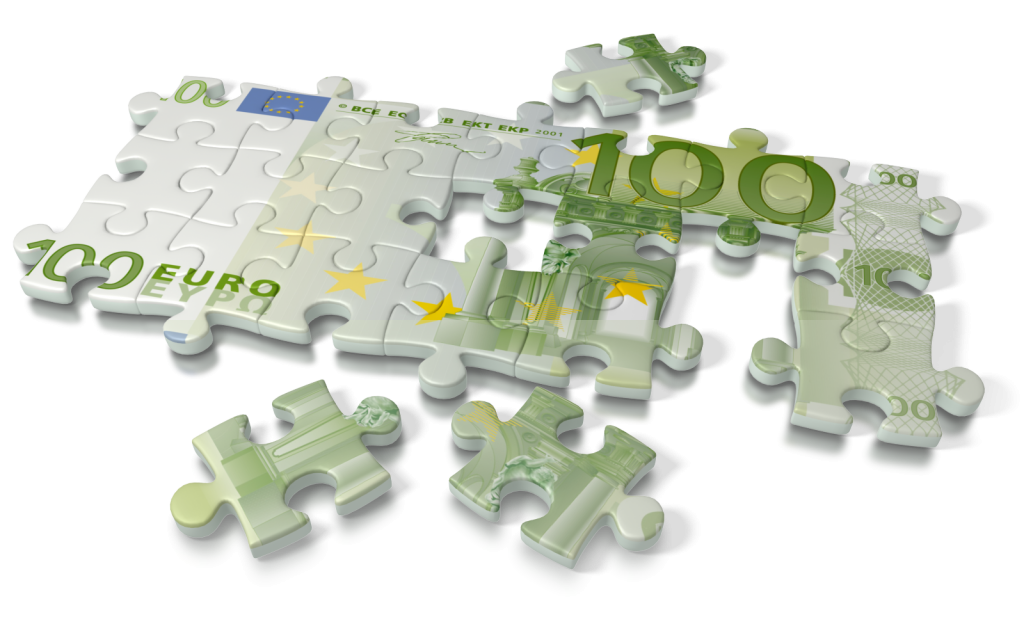
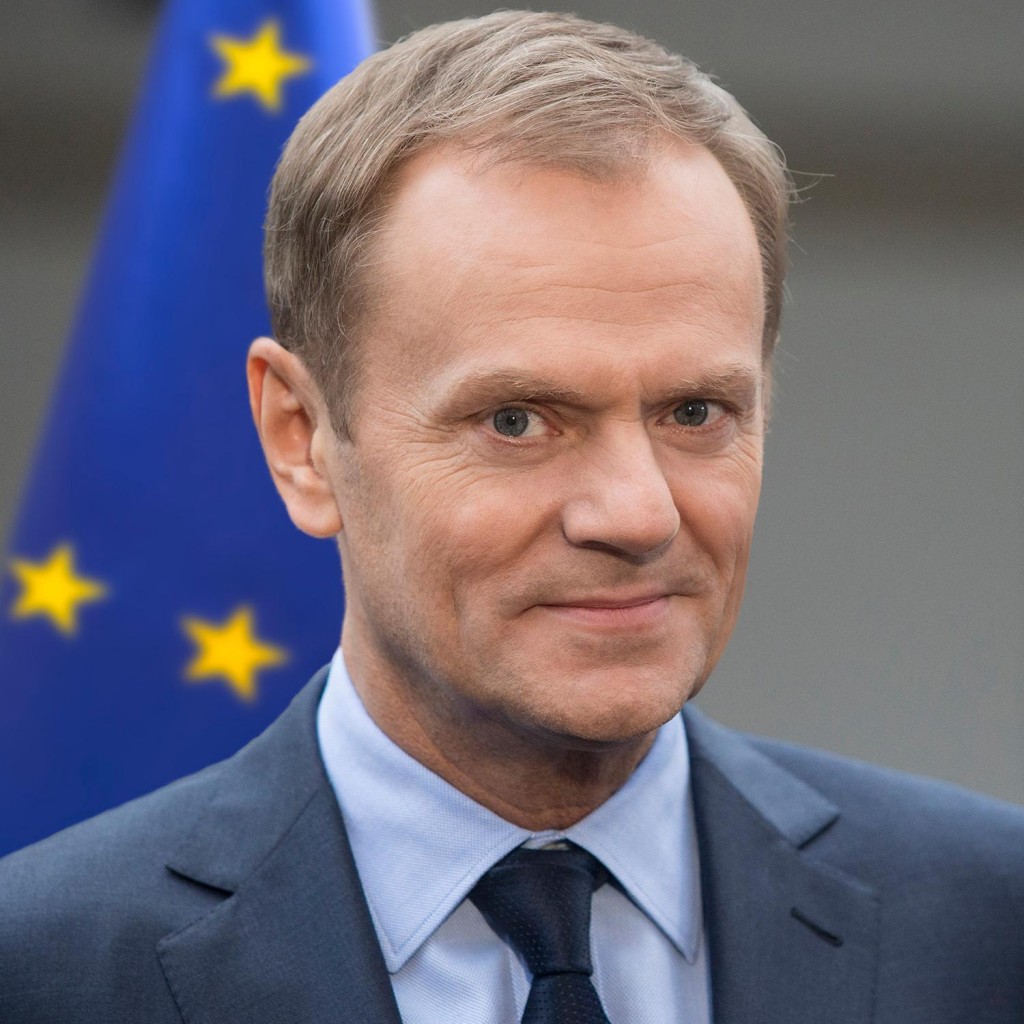
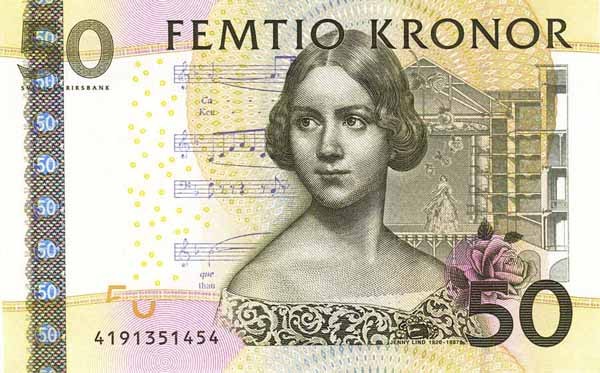


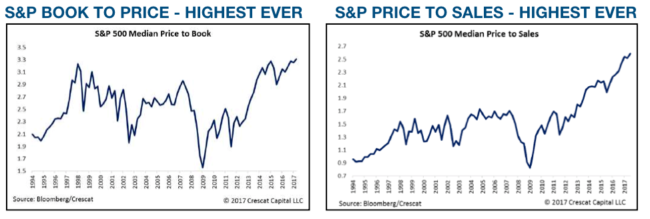

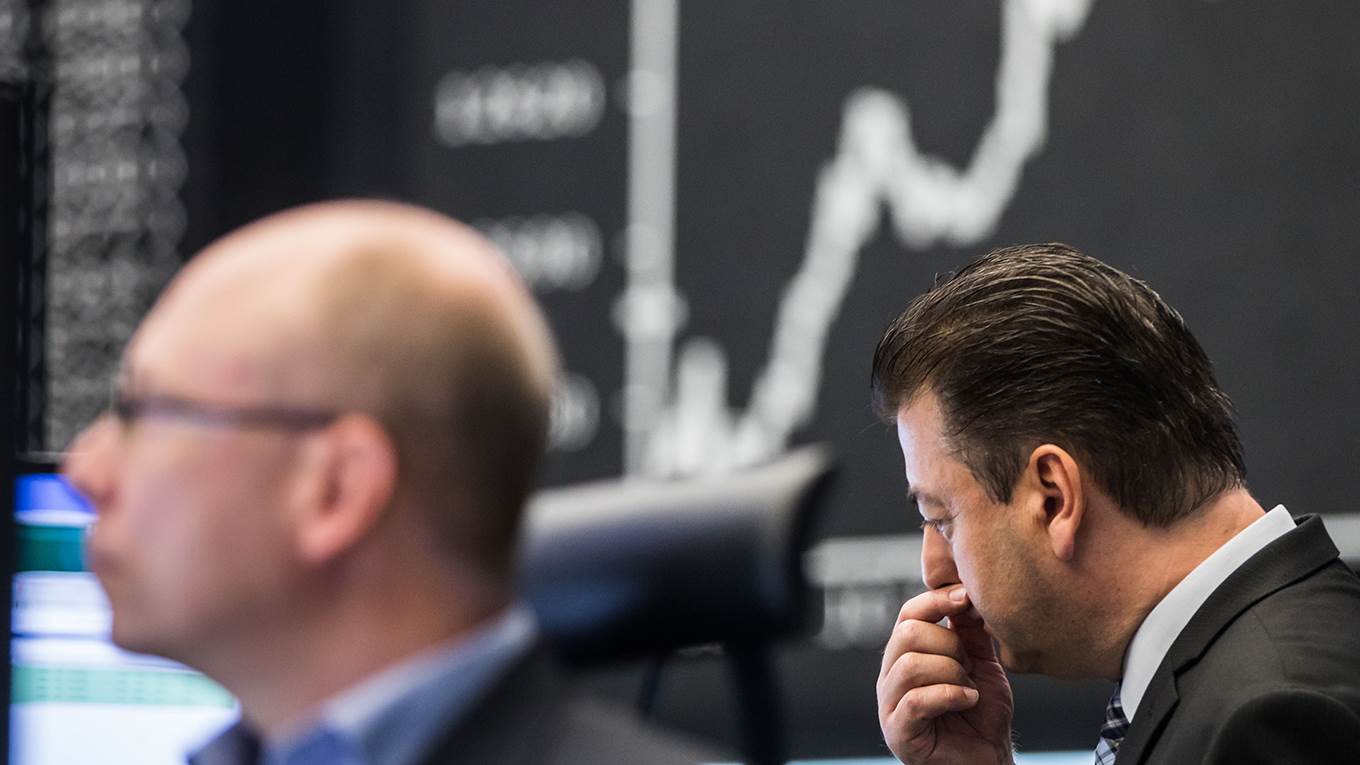
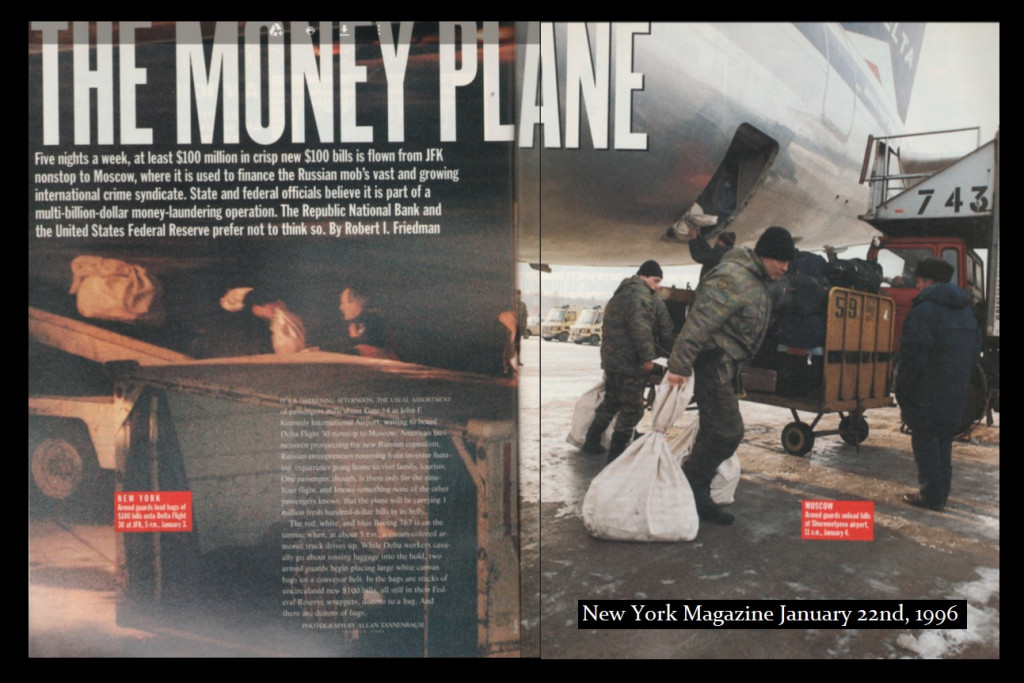

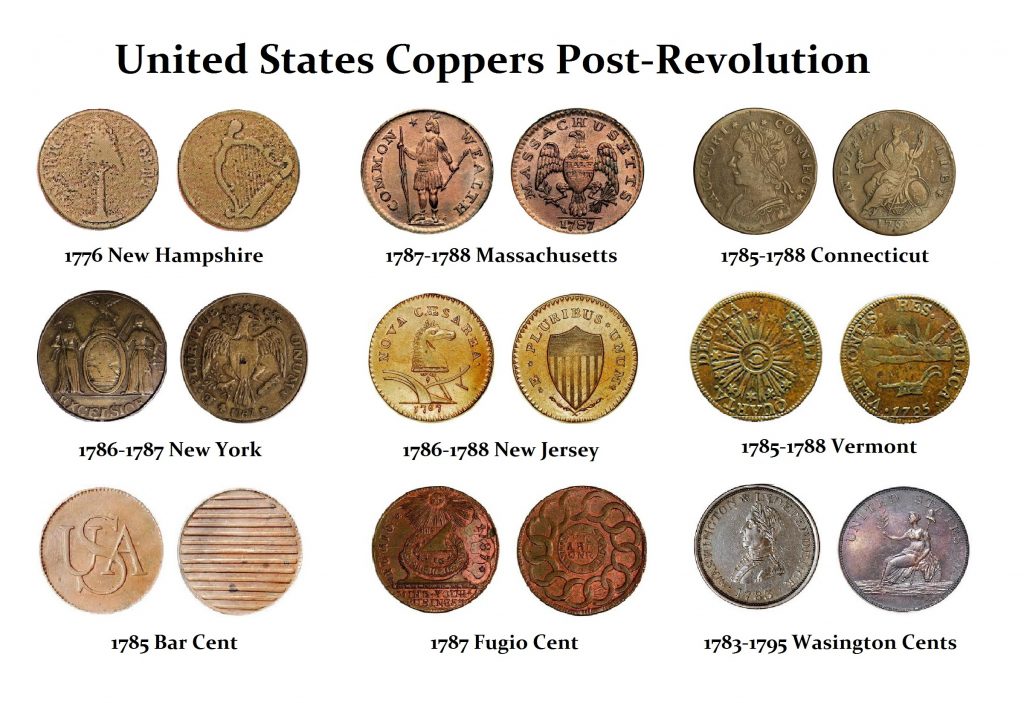

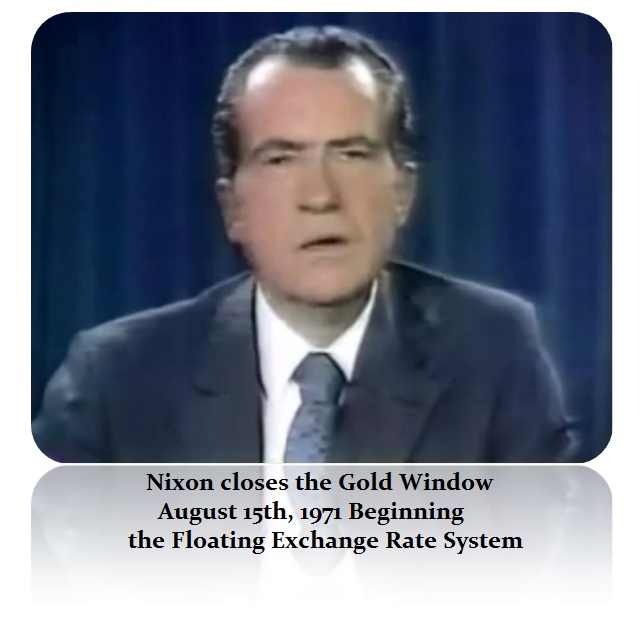



CAMBRIDGE – During most of 2017, the Chicago Board Options Exchange Volatility Index (VIX) has been at the lowest levels of the last decade. Recently, the VIX dipped below nine, even lower than in March 2007, just before the subprime mortgage crisis nearly blew up the global financial system. Investors, it seems, are once again failing to appreciate just how risky the world is.
Known colloquially as the “fear index,” the VIX measures financial markets’ sensitivity to uncertainty – that is, the perceived probability of large fluctuations in the stock market’s value – as conveyed by stock index option prices. A low VIX signals a “risk-on” period, when investors “reach for yield,” exchanging US Treasury bills and other safe-haven securities for riskier assets like stocks, corporate bonds, real estate, and carry-trade currencies.
This is where we are today, despite the variety of actual risks facing the economy. While each of those risks will probably remain low in a given month, the unusually large number of them implies a reasonably strong chance that at least one will materialize over the next few years.
The first major risk is the bursting of a stock-market bubble. Major stock-market indices hit record highs in September, in the United States and elsewhere, and equity prices are high relative to benchmarks like earnings and dividends. Robert Shiller’s cyclically adjusted price-earnings ratio is now above 30 – a level previously reached only twice, at the peaks of 1929 and 2000, both of which were followed by stock-market crashes.
…click on the above link to read the rest of the article…